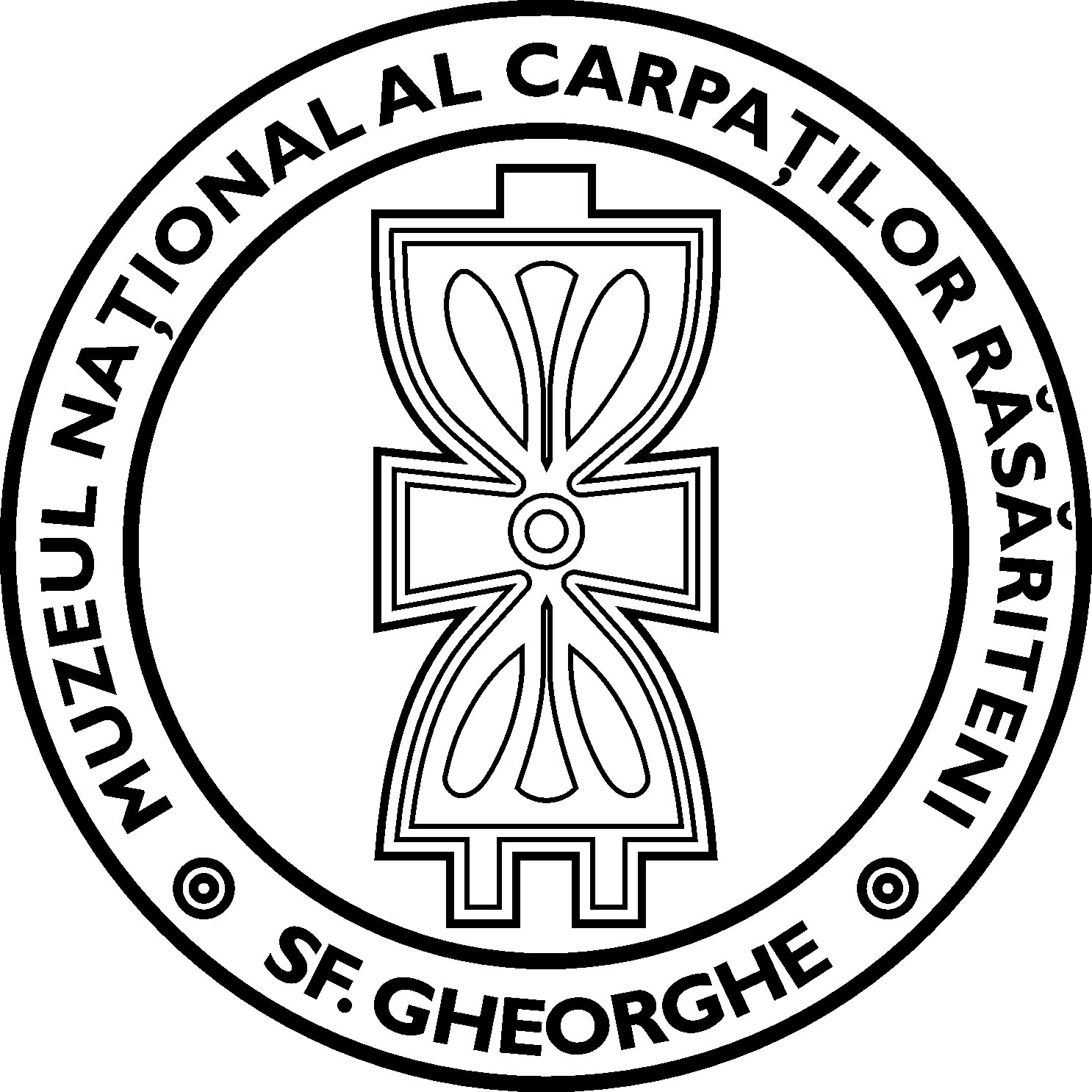It is particularly relevant for the Bronze and Iron Ages periods, when the picturesque high peaks bordering the Olt river were repeatedly occupied and fortified. During the late Iron Age, the southern section of the gorge developed in a complex ensemble of sites bearing a monumental character. The agglomeration of large buildings, some with a certain cultic purpose, discovered on Tipia Ormenișului, is the second largest after the well-known capital of the Dacian Kingdom, Sarmizegetusa Regia. The airborne LiDAR survey evidenced a variety of anomalies: morphologic, geologic and anthropic, attesting the long-durée human impact on the relief. After initial mapping and LiDAR data analysis, relevant instances of the identified categories of anomalies were tested in the field with trial trenches and supplementary documented with a portable 3D LiDAR scanner, for increased resolution. The current article details further the research results concerning one category of anomalies which is the most wide-spread in the analysed region – the remains of lime-kilns and their associated modified landscape through quarrying and transport roads. More than 70 lime kilns were mapped in the forests covering both sides of the Olt river, usually organized in batteries. One kiln was excavated, and samples of wood were collected for radiocarbon dating. The complex and widespread vestiges, previously hidden in the forest, attest the intense mining and quick-lime production activities organized at the level of families coming from the neighbouring villages. The traditional geologic knowledge of the area of the people involved in the lime production was extraordinary, considering the localisation of the insular lime sources amidst a dominant surrounding volcanic relief.
Teledetecție şi valorificarea arheologică a datelor LiDAR în zona Defileului Oltului de la Racoş. Partea I - Studiul instalațiilor şi amenajărilor folosite în practicarea meşteşugului vărăritului / Remote-sensing and archaeological survey of LiDAR data
acquired in the Olt Gorge, at Racoș. Part I – The study of installations and structures related to quicklime production
